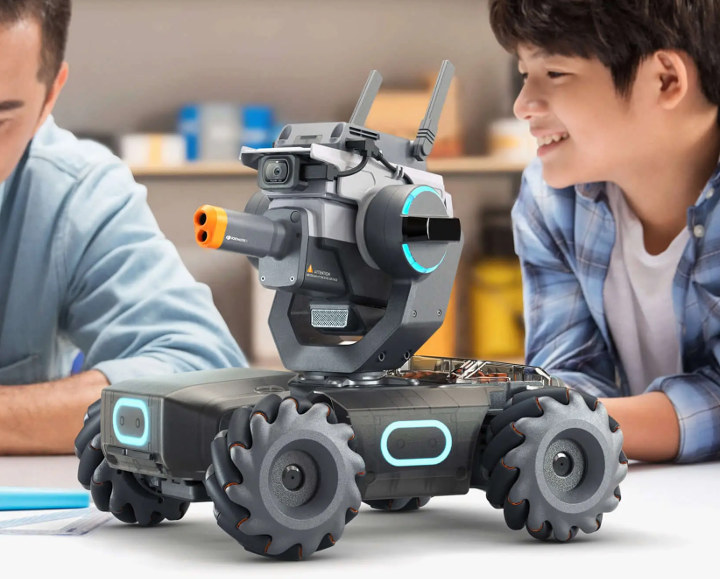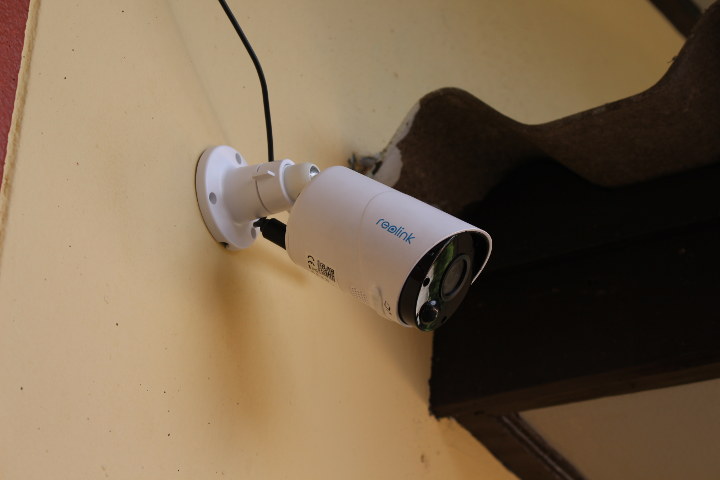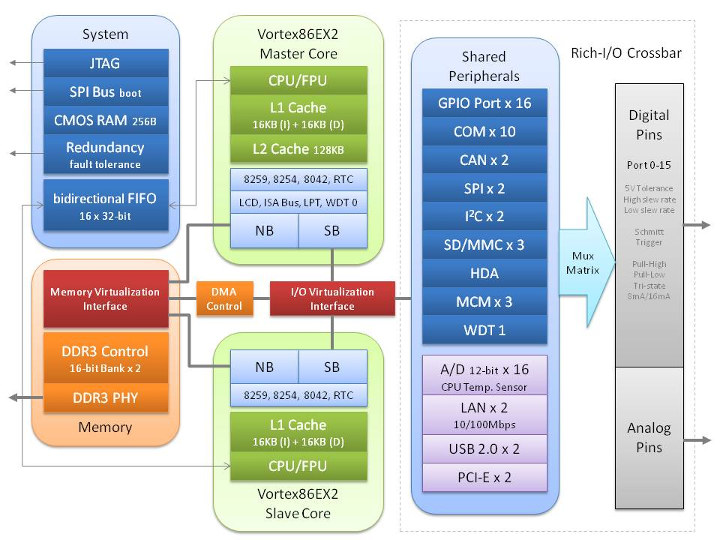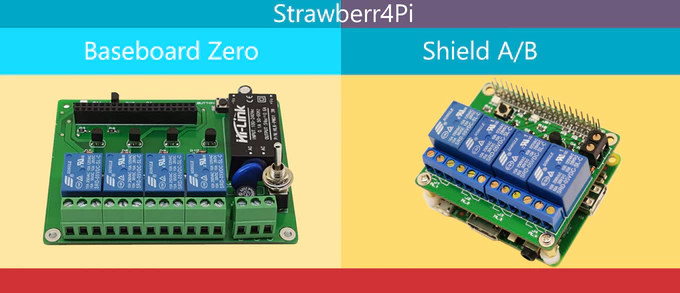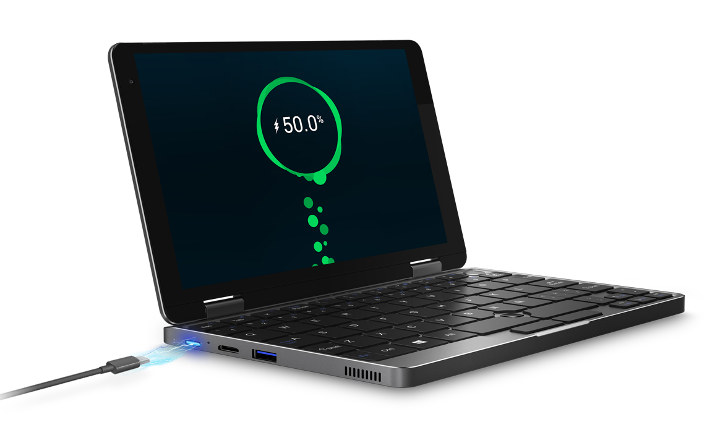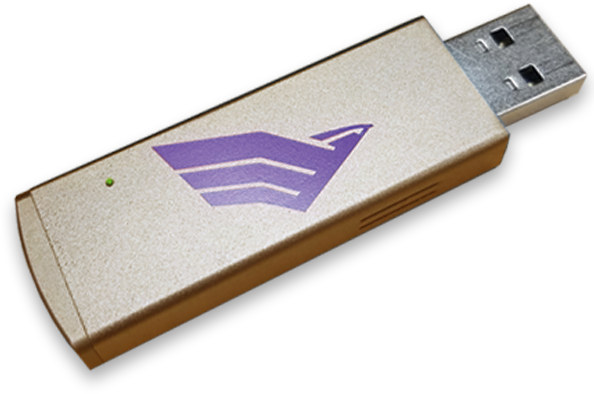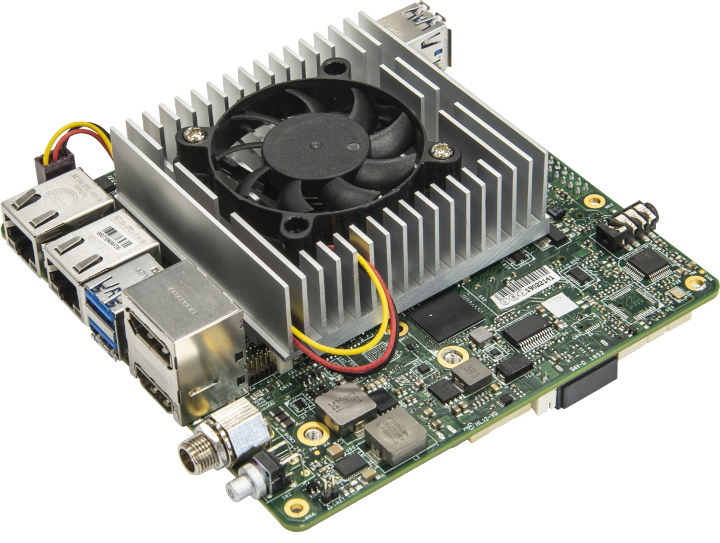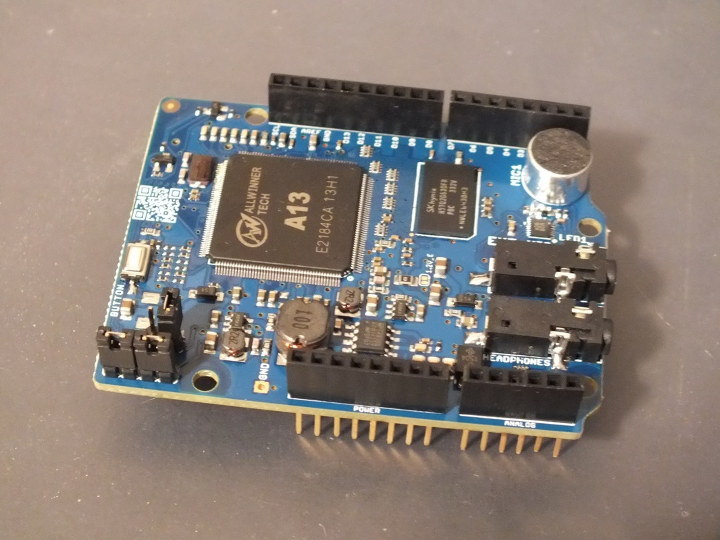DJI is one of the world’s leading technology companies. They specialize in the manufacturing of high-end drones and other innovative and creative techs. Recently they announced the launch of their new product, Robomaster S1 education robot. The game-changing educational robot uses innovative hands-on learning, this makes it fun and smart. Furthermore, the new S1, which is a lot different from what DJI makes, is packed with a lot of features. This educational robot allows users to learn and understand science, math, physics, programming, and more. Although the official selling price of the S1 is $499, most resellers are expecting to sell it at a higher price. Resellers will sell it at about $699, which is a big difference from the official price. When CNX Software spoke to one of the resellers, they mentioned the reason for the high price, stating that “suppliers did not provide the RoboMaster S1’s cost” so […]
Reolink Argus Eco Review – A Sub-$100 Solar Powered Security Camera
I’ve been thinking about installing one or more IP camera in my home for a while, and for ease of installation and considering I’m renting, my preference was to go with one of those battery IP cameras similar to Amazon (Immedia) Blink IP camera or Eufy EverCam security camera that last six months to one year on a single charge. But earlier this year I came across Reolink Argus 2 battery powered security camera that looks like good value at $100, and also came with an optional solar panel so you don’t have to ever charge the camera. The company latter contacted me to know whether I’d be willing to try out their latest Reolink Argus Eco camera with similar features but an even lower $89.99 price tag. I got my sample a few weeks ago, and I had time to install it, and play around with the camera during […]
DM&P Vortex86EX2 Dual Core Processor Targets Dual OS Systems, Support ISA & PCI Interfaces
Most people will probably think about Intel and AMD when asked about x86 processors, at least those who understand the question… But there are also other companies such as Zhaoxin (based on VIA Technologies designs) and DM&P. Last time I wrote about the latter was in 2015 with the introduction of DM&P Vortex86DX3 dual-core x86 SoC for embedded systems and the corresponding evaluation board. The company is still making new x86 processors, and I’ve just been information the company unveiled Vortex86EX2 dual-core processor last year with master and slave cores suitable for running two operating systems at the same time without the need for virtualization, nor hypervisor. The new processor still supports ISA & PCI interfaces for legacy expansion cards and targets real-time industrial or automation applications. DM&P Vortex86EX2 specifications: Processor Cores Master @ 600MHz max with Build-in FPU L1/L2 Cache for user interface Slave @ 400MHz max with Build-in […]
Strawberry4Pi Enables Home Automation on Raspberry Pi Boards (Crowdfunding)
Strawberry4Pi is an ecosystem of hardware, firmware, and software to create home automation and IoT projects with for Raspberry Pi boards. The project offers a pre-configured Linux operating system, a mobile app for Android and iOS, as well as two boards with four relays: Strawberry4Pi baseboard Zero for Raspberry Pi Zero (W), and Strawberry4Pi shield A/B for the larger boards such as Raspberry Pi 3 Model B+ or Model A. Strawberry4Pi boards specifications: 4x SONGLE relays Misc – Temperature sensor and Wifi configuration button Power Supply Baseboard Zero – 100V-220V via 3-pin terminal block Shield A/B – 5V via 2-pin terminal block Dimensions Baseboard Zero – 97 x 75 mm Shield A/B – 65 x 56 mm Certifications – CE/FCC A 3D printed case and a DIN rail mount are also offered as options. There’s no a whole lot of information about the operating system as most people won’t need […]
CHUWI Minibook Amber Lake mini Laptop to sell for $499 and Up (Crowdfunding)
We’ve already covered several Intel Amber Lake mini laptops with the likes of One Netbook One Mix 3 Yoga or GPD Pocket 2 Max both powered by Intel Core m3-8100Y and equipped with respectively 8.4″ and 8.9″ displays with 2560×1600 resolution. Those are ultra-compact yet powerful machines, which come at a relatively high cost, with for instance the Mix 3 Yoga going for about $760. But there’s another model coming up with CHUWI minibook with similar specifications and an 8″ display that will be offered for as low as $499. The trick is that only 300 pieces part of the “Super Early Birds Perk” will be available at that price when the product launches on Indiegogo on June 19. The retail price should be around $669 since the discount is said to be around 25%. There will also be a cheaper Intel Celeron N4100 Gemini Lake model, but price has […]
$69.99 Gyrfalcon 2803 Plai Plug Delivers 24 TOPS per Watt
Last year we covered an alternative to Intel Movidius Neural Compute Stick with Orange Pi AI Stick 2801 powered by Gyrfalcon Lightspeeur 2801S neural processor, and delivering up to 5.6 TOPS, or 2.8TOPS @ 300mW for $69. Since then Gyrfalcon introduced Lightspeeur 2803(S) AI accelerator delivering up to 24 TOPS, or 16.8 TOPS @ 700 mW. We’ve recently seen the new neural processor will be integrated into SolidRun i.MX 8M Mini & Nano systems-on-module, and today the company published a press release to announce their latest 2803 Plai Plug providing an upgrade to their existing 2801 Plai Plug (Orange Pi AI Stick 2801) for about the same $69.99 price tag. Gyrfalcon 2803 Plai Plug preliminary specifications: AI Accelerator – Gyrfalcon Lightspeeur 2803S with 2-dimensional Matrix Processing Engine (MPE) and AI Processing in Memory (APiM) Storage – eMMC flash Host interface – USB 3.0 port Power Consumption – 700mW at 16.8 […]
UP Xtreme Whiskey Lake-U SBC Launched for €249 and up (Crowfunding)
Back in March, I was tipped about AAEON’s upcoming UP Xtreme Whiskey Lake board equipped with Intel’s latest 15W processors, and providing a boost in performance compared to their previous UP boards, including UP Squared board introduced in 2016 with a choice of Apollo Lake processors. The company has now finally launched a Kickstarter campaign to let the public pledge for UP Xtreme SBC for €249 and up. UP Xtreme Whiskey Lake-U SBC specifications: SoC (one or the other) Intel Celeron 4305UE dual-core processor @ up to 2.2 GHz with 2MB cache, Intel UHD 610 graphics Intel Core i3-8145UE dual-core 4-thread processor @ up to 2.1 GHz / 3.9 GHz (Turbo) with 4MB cache, Intel UHD 620 graphics Intel Core i5-8365UE quad-core 8-thread processor @ up to 1.6 GHz / 4.1 GHz (Turbo) with 6MB cache, Intel UHD 620 graphics Intel Core i7-8665UE quad-core 8-thread processor @ up to 1.9 […]
MOVI Shield Enables Offline Speech Recognition of 150 Sentences on Arduino and Raspberry Pi
Smart speakers normally work both offline and online, but their offline ability is usually limited to just one or two wake words, that when detected let the speakers listen to speech that it will send the cloud for further processing. It’s done that way because the speakers would not have enough resources, e.g. processing power, storage to contain the whole data required for natural speech processing, and wake words reduce the number of requests to the cloud, and improve privacy. But in some cases, you may not need the full language, and instead would like to use several voice commands to control a device without the need or the ability to connect to the Internet/Cloud. So Audeme has designed an Allwinner A13 based Arduino shield named MOVI (My Own Voice Interface), and that can recognize and/or synthesize up to 150 full sentences of your choice in English, Spanish or German. […]


